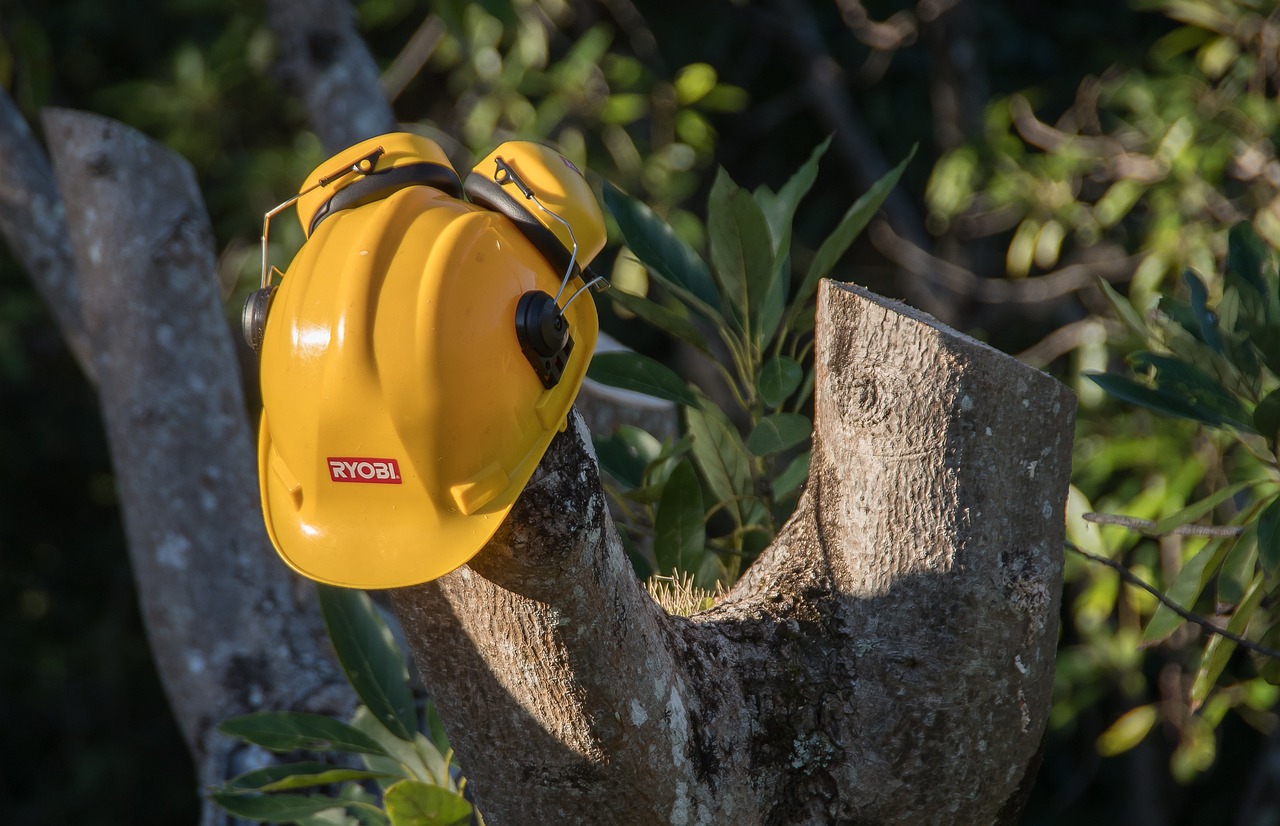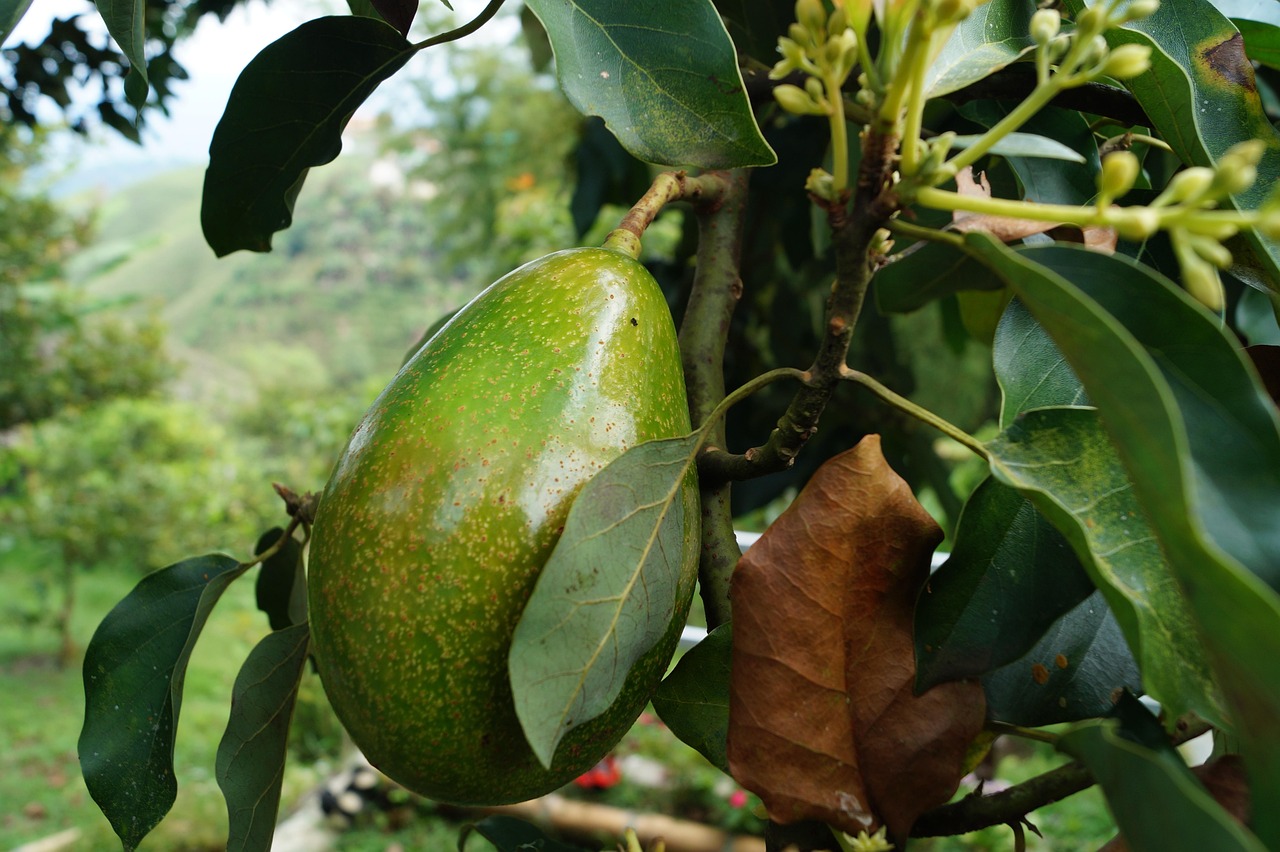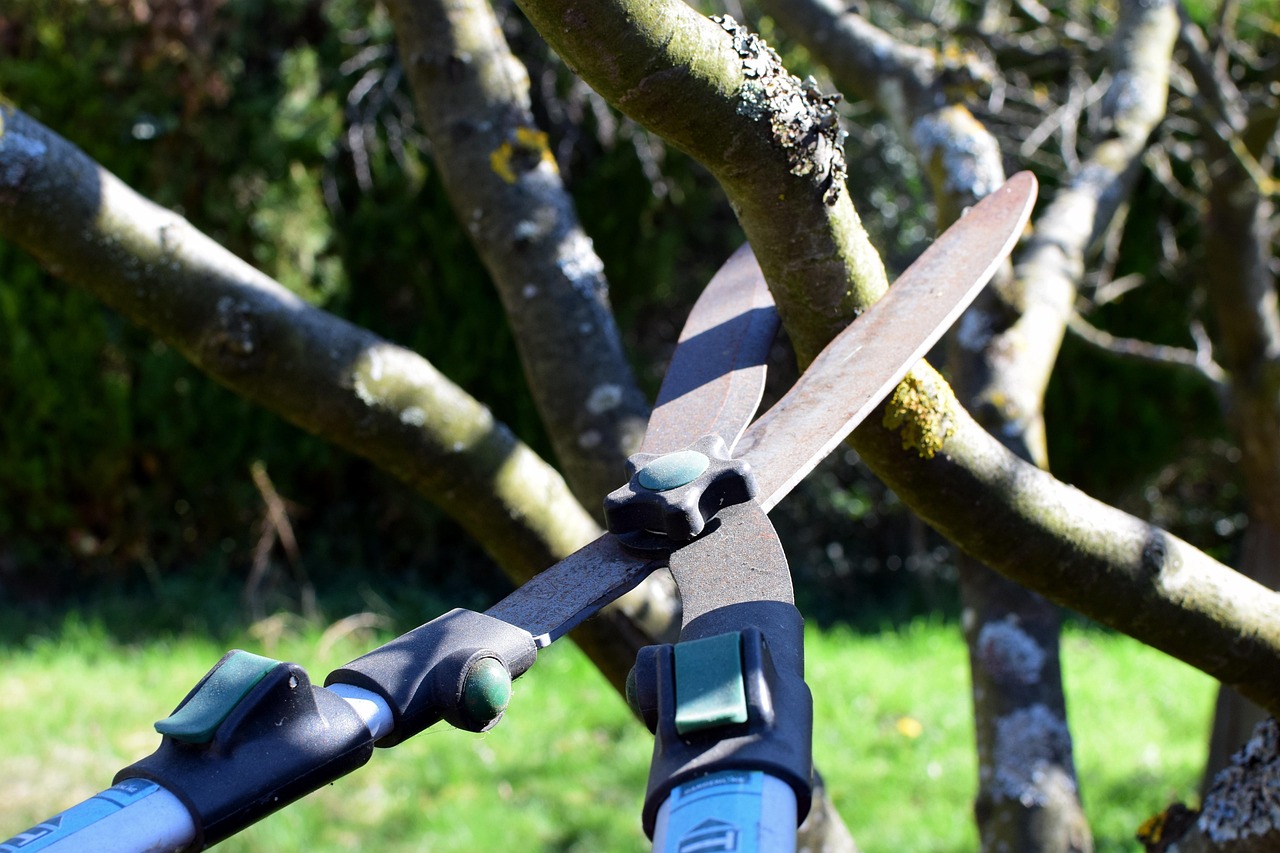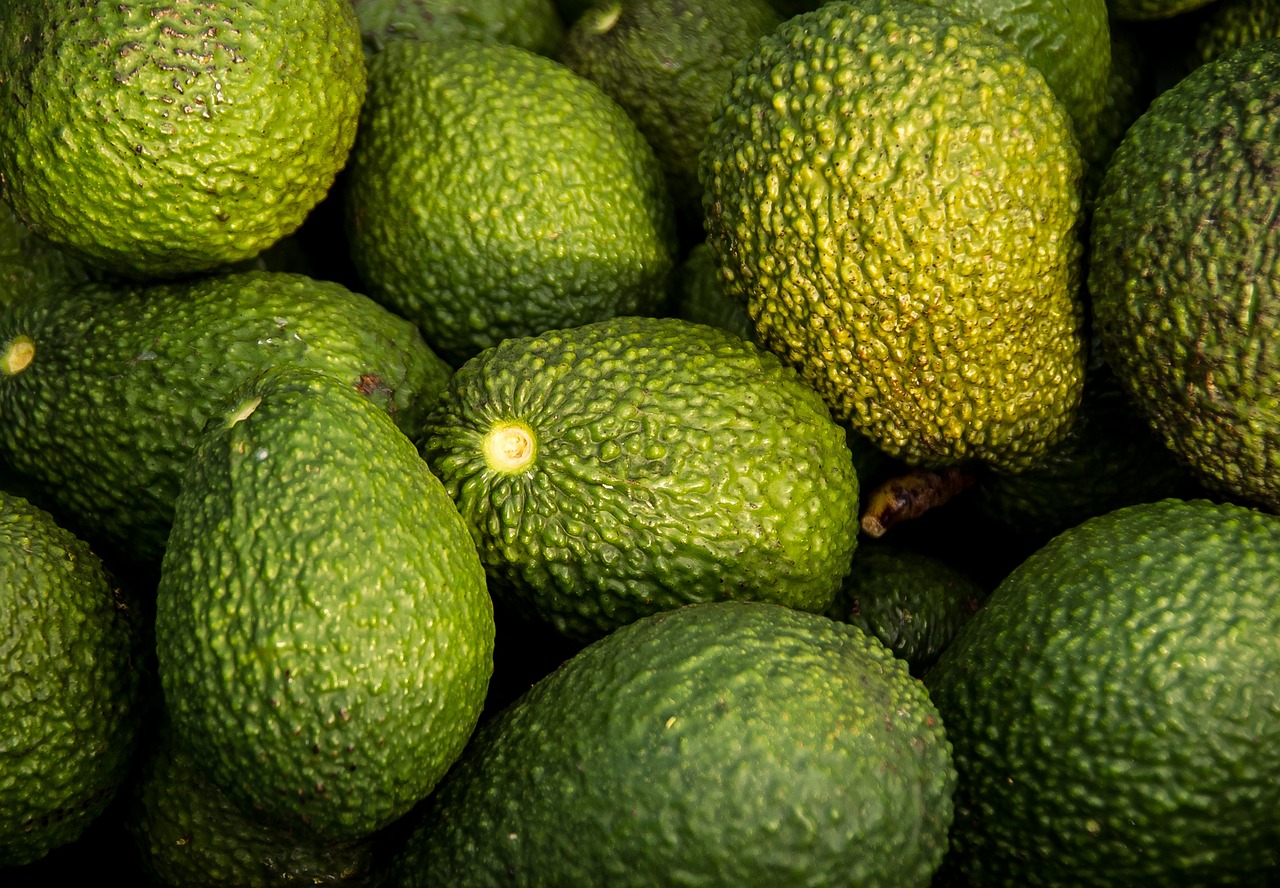Pruning avocado trees is essential for their health and productivity. New gardeners should focus on removing dead or weak branches, shaping the tree for better light exposure, and promoting airflow to prevent disease.
Avocado trees are a popular choice among home gardeners due to their delicious fruit and attractive foliage. However, proper care and maintenance are crucial for maximizing fruit production and ensuring the overall health of the tree. One of the most important aspects of avocado tree care is pruning. While it may seem daunting, learning how to prune correctly can greatly benefit your tree.

Pruning avocado trees helps maintain their shape, improves air circulation, and encourages new growth. New gardeners often wonder when and how to prune their trees effectively. This guide will provide essential tips and techniques, making the process more approachable.
Understanding Avocado Trees
Before diving into pruning techniques, it’s important to understand the characteristics of avocado trees. They are evergreen trees that can grow up to 60 feet tall in the wild but are often kept much smaller in gardens for easier maintenance and harvesting.
Avocado trees have a unique growth pattern. They tend to grow wide rather than tall, which means that regular pruning is necessary to keep the tree healthy and manageable. Additionally, different varieties of avocado trees may have slightly different pruning needs. New gardeners should familiarize themselves with the type of avocado tree they are growing.

| Variety | Height | Fruit Size |
|---|---|---|
| Hass | Up to 30 feet | Medium |
| Fuerte | Up to 20 feet | Large |
| Bacon | Up to 30 feet | Medium |
New gardeners should also be aware of the growing conditions that avocado trees prefer. They thrive in warm climates with plenty of sunlight and well-drained soil. Understanding these conditions will help you create an optimal environment for your tree and ensure it grows strong and healthy.
When to Prune Your Avocado Tree
The timing of your pruning is just as important as the techniques you use. Generally, the best time to prune avocado trees is in the late winter or early spring, just before new growth begins. This timing allows your tree to heal quickly and encourages vigorous growth during the growing season.
Avoid pruning during the fall or winter months as this can expose your tree to cold damage. Additionally, pruning during dormancy may result in fewer flowers and fruit set in the upcoming growing season.

Tools Needed for Pruning
Having the right tools can make pruning easier and more effective. Here are some essential tools every new gardener should have:
- Pruning Shears: Ideal for small branches.
- Loppers: Useful for cutting thicker branches.
- Saw: Needed for larger limbs.
- Gloves: Protect your hands during the process.
- Ladder: Ensure safe access to higher branches.
Before starting your pruning, ensure all tools are clean and sharp. This reduces the risk of disease transmission and ensures clean cuts that heal quickly.
Basic Pruning Techniques
New gardeners should start with some basic techniques to ensure effective pruning. Here are a few key methods:

- Remove Dead or Damaged Branches: Start by cutting away any branches that appear dead or diseased. This promotes healthier growth.
- Thin Out Crowded Areas: If branches are too close together, remove some to improve airflow and light penetration.
- Shape the Tree: Aim for a balanced shape while ensuring that the tree does not become too top-heavy.
- Cuts at an Angle: Make cuts at a slight angle to encourage water runoff and prevent rot.
These basic techniques will help maintain a healthy avocado tree and promote fruit production in the coming seasons. As you gain experience, you can refine your pruning skills further.
In summary, understanding how to properly care for your avocado tree through effective pruning is vital for new gardeners. By following the guidelines outlined in this section, you’ll be well on your way to cultivating a thriving avocado tree in your garden.
Advanced Pruning Techniques
Once you are comfortable with the basic pruning techniques, you may want to explore more advanced methods. These techniques can enhance the structure of your avocado tree and improve fruit production. Understanding these methods will help you make the most of your pruning efforts.
Heading Back
Heading back involves cutting back the tips of branches to encourage bushier growth. This technique is especially effective for young avocado trees that are still developing their shape.
- Choose the Right Branches: Focus on branches that are leggy or growing too tall.
- Make Clean Cuts: Cut just above a leaf node to stimulate new growth.
- Aim for Evenness: Ensure all branches are cut to a similar length for a balanced appearance.
Thinning Cuts
Thinning cuts involve removing entire branches to reduce density. This technique can significantly improve air circulation and light penetration within the tree’s canopy.
- Identify Crowded Areas: Look for areas where branches are competing for space.
- Cut at the Base: Remove branches at their point of origin instead of just shortening them.
- Maintain Balance: Ensure that you do not remove too many branches from one side, which could lead to uneven growth.
Thinning is particularly useful for older trees that have become dense over time. By performing thinning cuts, you will encourage healthier growth and improve fruit quality.
Common Mistakes to Avoid When Pruning Avocado Trees
New gardeners often make mistakes during the pruning process that can hinder the health of their avocado trees. Here are some common pitfalls to avoid:
- Pruning Too Much: Over-pruning can stress the tree and reduce fruit production. Always prune conservatively.
- Improper Timing: Pruning at the wrong time can expose your tree to cold damage. Stick to late winter or early spring.
- Neglecting Tools Maintenance: Using dull or dirty tools can lead to jagged cuts and increase the risk of disease.
- Ignoring Tree Health: Always assess the overall health of your tree before pruning. If it’s stressed or diseased, focus on recovery first.
Caring for Your Tree After Pruning
After you finish pruning your avocado tree, it is essential to care for it properly to promote healing and growth. Here are some tips to ensure your tree recovers well:
- Watering: Make sure to water your tree adequately after pruning. This helps support new growth.
- Fertilizing: Consider applying a balanced fertilizer a few weeks after pruning to provide nutrients for recovery.
- Pest Control: Keep an eye out for pests or diseases that may take advantage of the tree’s stress after pruning.
The right post-pruning care can make a significant difference in how well your avocado tree responds to the pruning process. Healthy trees will bounce back quickly and produce more fruit.
Seasonal Considerations for Pruning
The seasons play an important role in how you approach pruning your avocado tree. Understanding seasonal changes can help you determine when and how much to prune.
Spring
Spring is typically the best time for pruning. As new growth begins, this is when you can shape and direct the growth of your avocado tree. Focus on removing any dead or damaged branches and thinning out crowded areas during this season.
Summer
In summer, growth is at its peak. While major pruning should be avoided, you can still perform light trimming to maintain shape and remove any weak or crowded branches. Avoid heavy cuts during this time as it may stress the tree.
Fall
Fall is a time for preparing your avocado tree for winter. It is not advisable to perform major pruning during this season, but you can clean up any dead leaves or small branches that may have fallen off. This helps reduce pests and diseases in the cooler months.
winter
Winter is generally a dormant period for avocado trees, making it a poor time for pruning. If necessary, only remove dead branches and avoid any significant cuts. Heavy pruning during dormancy can leave the tree vulnerable to cold damage.
By understanding seasonal considerations, you will be able to adjust your pruning habits effectively, ensuring the long-term health of your avocado tree.
Understanding Avocado Tree Growth Patterns
To effectively prune your avocado tree, it’s important to understand its growth patterns. Avocado trees exhibit unique growth habits, which can influence how and when you should prune. Recognizing these patterns will help you make more informed decisions during the pruning process.
Growth Habit
Avocado trees typically have a broad, bushy growth habit rather than a tall, narrow one. This means that they tend to spread out, making it essential to manage their width through regular pruning. Here are some characteristics of avocado tree growth:
- Canopy Density: The density of the canopy can affect light penetration and air circulation, which are crucial for fruit development.
- Branching Structure: Avocado trees produce numerous lateral branches, which can become crowded without proper management.
- Vertical Growth: While they can grow quite tall, excessive vertical growth can lead to a top-heavy tree prone to breakage.
Flowering and Fruit Development
Understanding the flowering and fruiting cycles of your avocado tree is vital for successful pruning. Avocado trees typically flower in spring, producing small, fragrant flowers that develop into fruit. Here are key points to consider:
- Flowering Time: Most avocado varieties flower between February and April, depending on the climate.
- Fruit Set: After pollination, the fruit begins to develop. It’s crucial to avoid heavy pruning during this time to ensure maximum fruit set.
- Maturation: Avocados take several months to mature after blooming. Pruning too close to harvest time can impact fruit quality.
Identifying the Right Techniques for Different Tree Ages
The age of your avocado tree significantly influences how you should approach pruning. Young trees require different techniques compared to mature ones. Understanding these differences will help you nurture your tree effectively.
Young Avocado Trees
For young avocado trees, the primary goal is to establish a strong structure that encourages healthy growth. Here are some recommended practices:
- Initial Shaping: Focus on creating a central leader by selecting one main trunk and pruning competing branches.
- Encouraging Lateral Growth: Prune back the tips of branches to encourage side shoots and create a bushier shape.
- Removing Suckers: Regularly remove suckers that grow from the base or along the trunk to divert energy toward healthy growth.
Mature Avocado Trees
Mature avocado trees require maintenance pruning to promote health and productivity. Here are key techniques for older trees:
- Selective Thinning: Remove older wood that is less productive, allowing sunlight and airflow to reach the inner canopy.
- Crown Reduction: If the tree becomes too tall or wide, selectively reduce the height and spread by trimming back upper branches.
- Removing Deadwood: Regularly inspect for dead or diseased branches and remove them promptly to prevent disease spread.
Pest and Disease Management in Relation to Pruning
Pest and disease management is an integral part of maintaining a healthy avocado tree. Proper pruning not only encourages growth but also helps prevent infestations. Here are essential practices to consider:
Common Pests Affecting Avocado Trees
Several pests may target avocado trees, affecting their health and productivity. Being vigilant during and after pruning can help manage these threats:
- Aphids: These small insects can weaken the tree by feeding on sap. Regular inspections and appropriate treatments can help control their population.
- Mites: Spider mites can cause leaf damage. Maintaining good airflow through pruning can mitigate their impact.
- Caterpillars: Certain caterpillars feed on young leaves. Monitoring for signs of feeding damage will help you respond quickly.
Disease Prevention through Pruning
Diseases such as root rot and fungal infections can be detrimental to avocado trees. Pruning helps reduce disease risks in several ways:
- Avoiding Overcrowding: Pruning out crowded areas improves airflow, reducing humidity that encourages fungal growth.
- Cleansing Cuts: Use clean tools when pruning to prevent transferring pathogens from one part of the tree to another.
- Treating Wounds: Consider applying wound sealants if you make large cuts, as this may help protect against infections.
By incorporating pest and disease management into your pruning routine, you can create a healthier environment for your avocado tree, enhancing its resilience against threats.
Sustainability Practices in Avocado Tree Care
Sustainable gardening practices are becoming increasingly important in modern horticulture. As you care for your avocado tree, consider implementing these eco-friendly methods:
- Organic Fertilizers: Use organic fertilizers to nourish your tree without harming beneficial insects or soil health.
- Composting: Incorporate compost into the soil to improve its structure and nutrient content naturally.
- Pest Management: Adopt integrated pest management (IPM) strategies to minimize chemical use while effectively controlling pests.
Sustainability practices not only benefit your avocado tree but also contribute positively to the surrounding ecosystem, creating a healthier garden overall.
Long-term Care and Maintenance of Avocado Trees
As you cultivate your avocado tree, ongoing care and maintenance are crucial for ensuring its health and productivity. Beyond the initial pruning, there are several practices you should adopt to support your tree throughout its life.
Watering Practices
Proper watering is essential for maintaining the health of your avocado tree. The following guidelines can help you develop effective watering practices:
- Soil Moisture Monitoring: Regularly check the soil moisture levels. Avocado trees prefer well-drained soil and do not thrive in overly saturated conditions.
- Deep Watering: Water deeply but infrequently. This encourages the roots to grow deeper into the soil in search of moisture.
- Seasonal Adjustments: Adjust your watering schedule based on the season. Trees may require more water during hot summer months and less during cooler months.
Fertilization Schedule
Fertilizing your avocado tree appropriately helps ensure it receives the necessary nutrients for healthy growth and fruit production. Consider the following:
- Balanced Fertilizers: Use a balanced fertilizer that includes nitrogen, phosphorus, and potassium. This will support overall tree health.
- Application Timing: Apply fertilizer in early spring, just before the growing season begins. You may also choose to apply additional fertilizer in late summer.
- Organic Options: Consider using organic fertilizers or compost to enrich the soil naturally while enhancing microbial activity.
Regular Inspections
Performing regular inspections of your avocado tree can help you catch potential issues early. Look for signs of pests, disease, or nutrient deficiencies. Here’s what to check:
- Leaf Health: Monitor leaves for discoloration or spots, which may indicate disease or nutrient issues.
- Pest Damage: Look for signs of pests such as holes in leaves or webbing from mites.
- Fruit Development: Assess fruit size and quality regularly. Poor fruit quality may suggest underlying problems needing attention.
Cultivating a Community of Support
Caring for an avocado tree can be a rewarding experience, but it may also come with challenges. Engaging with fellow gardeners or joining gardening communities can provide valuable support. Here are some ideas:
- Local Gardening Clubs: Join clubs or organizations focused on gardening, particularly those that specialize in fruit trees.
- Online Forums: Participate in online gardening forums or social media groups where you can ask questions and share experiences.
- Workshops and Classes: Attend workshops or classes on avocado tree care to learn from experienced gardeners and experts.
A community of fellow gardeners can offer advice, share successes and failures, and create a sense of camaraderie as you all work toward growing healthy trees.
Final Thoughts
Caring for an avocado tree through proper pruning, watering, fertilization, and pest management can lead to a fruitful and fulfilling gardening experience. New gardeners are encouraged to embrace the learning journey, as each season brings new opportunities for growth and improvement.
The key takeaways from this guide include understanding the importance of pruning at the right times, adopting sustainable practices, and remaining vigilant about tree health. Regular maintenance and community engagement will enhance your knowledge and skills as a gardener.
By implementing these strategies, you will not only cultivate a healthy avocado tree but also enjoy the rewarding process of nurturing a living plant that can provide delicious fruit for years to come. Remember, patience is crucial; gardening is a continual learning experience that evolves with each season.
Your avocado tree has the potential to thrive under your care. Embrace the journey, celebrate your successes, and enjoy the fruits of your labor!
